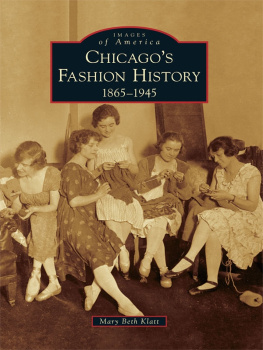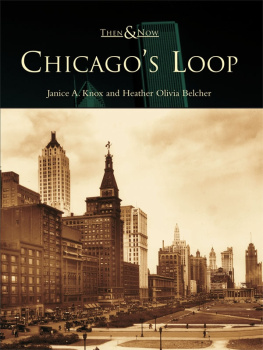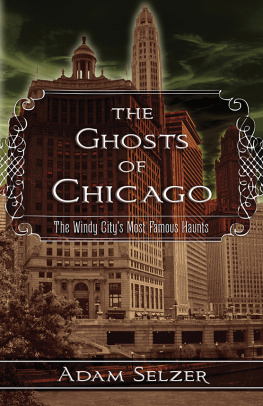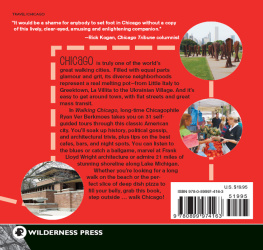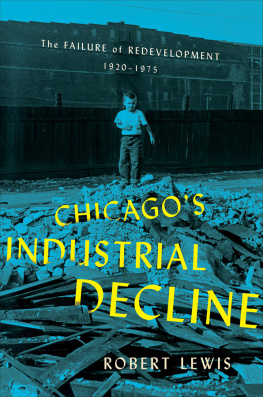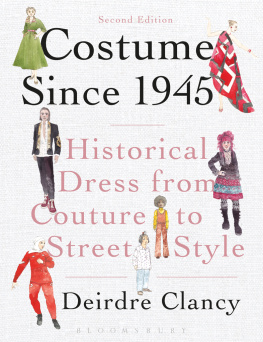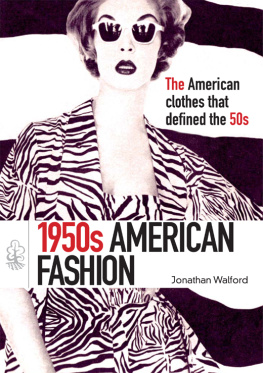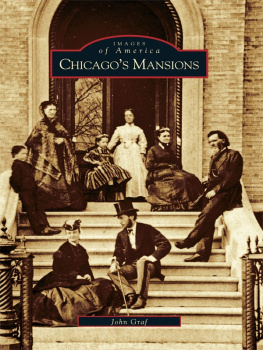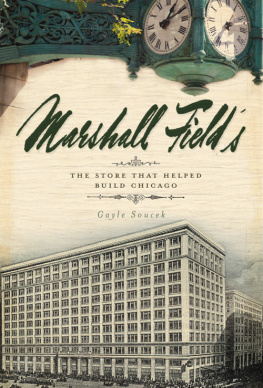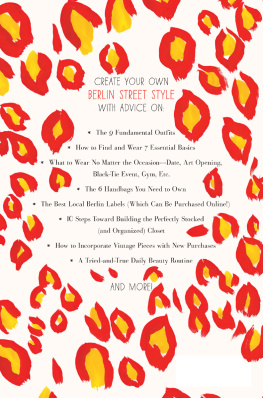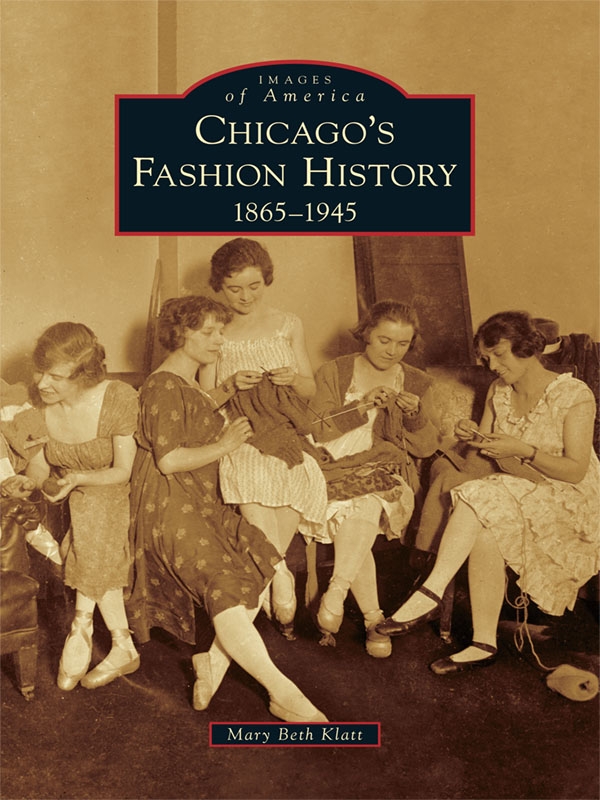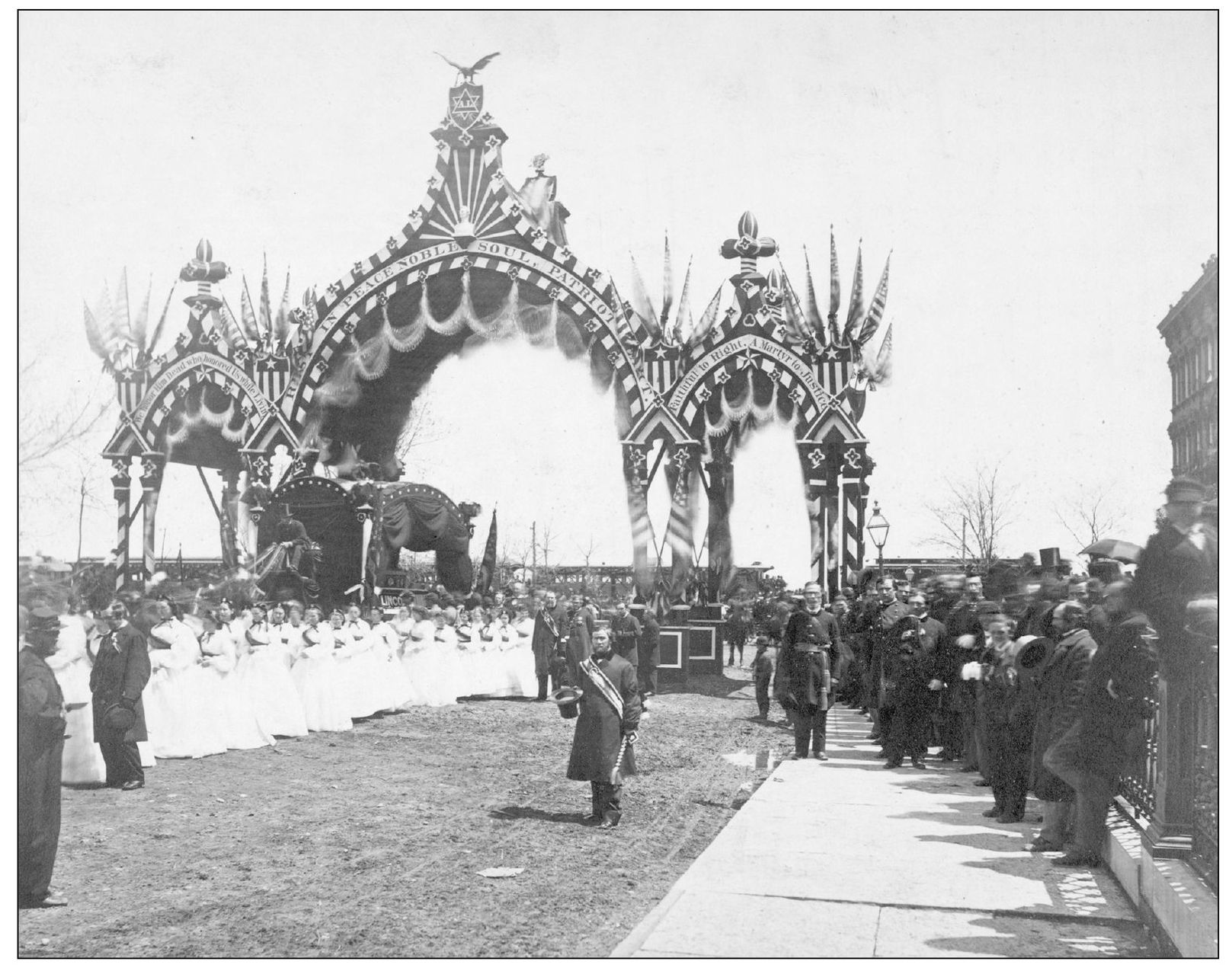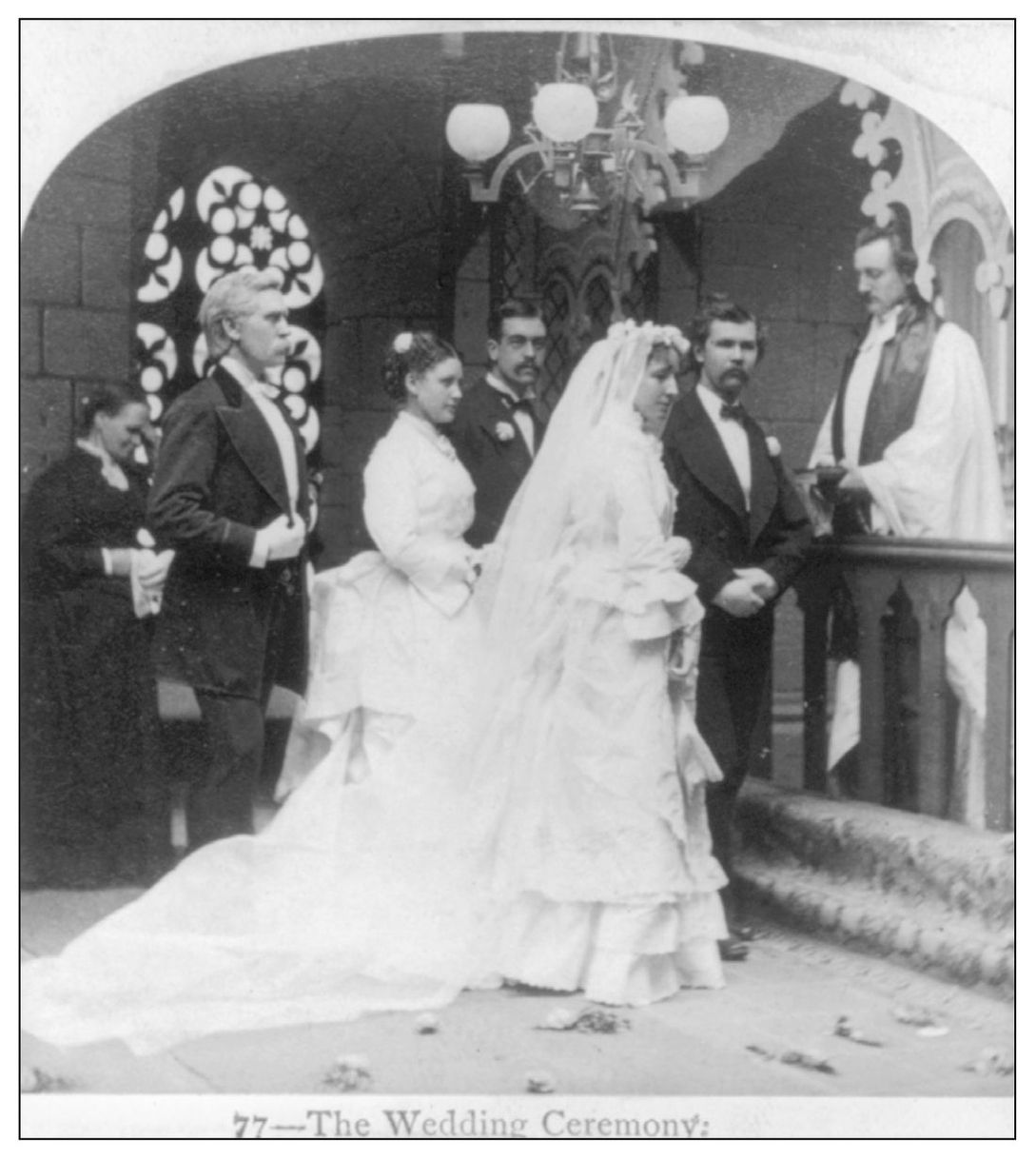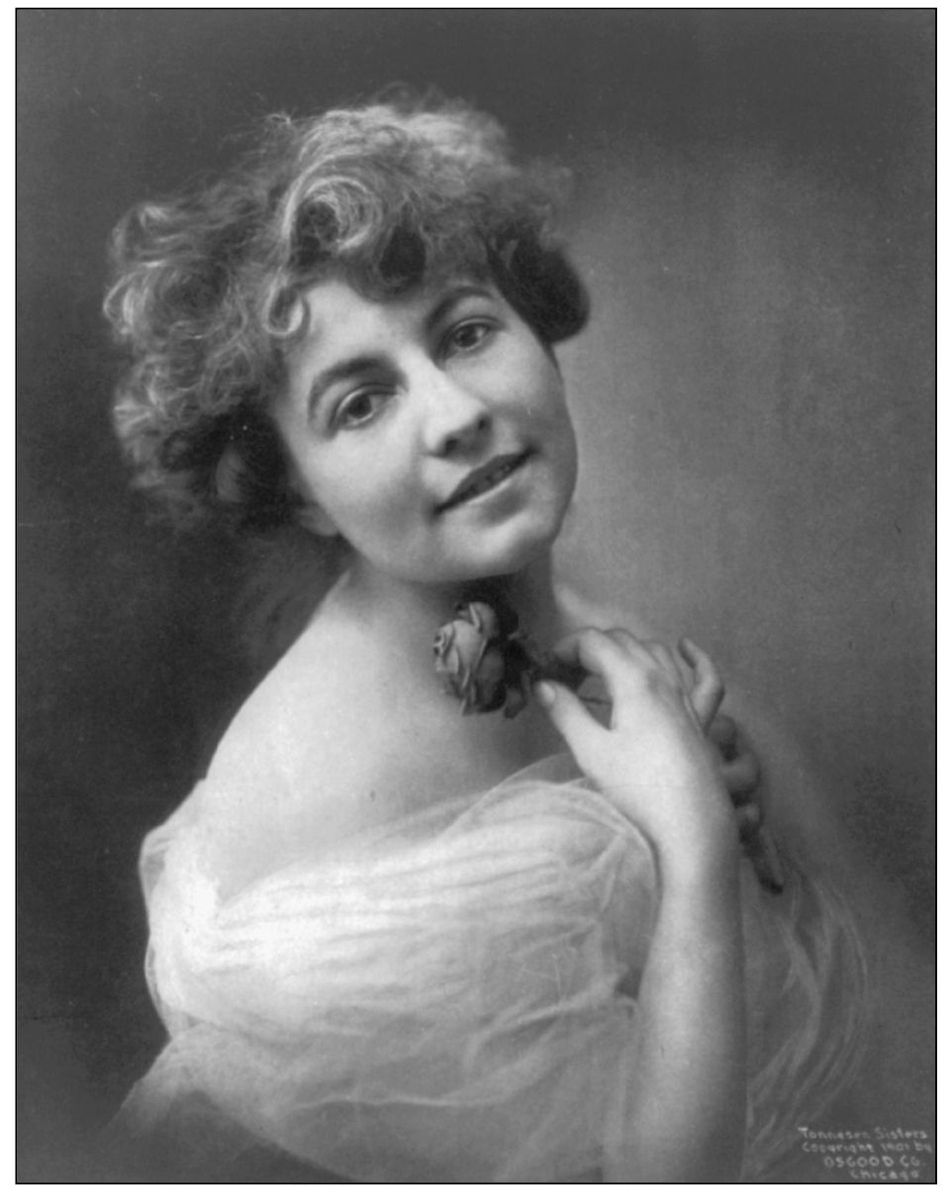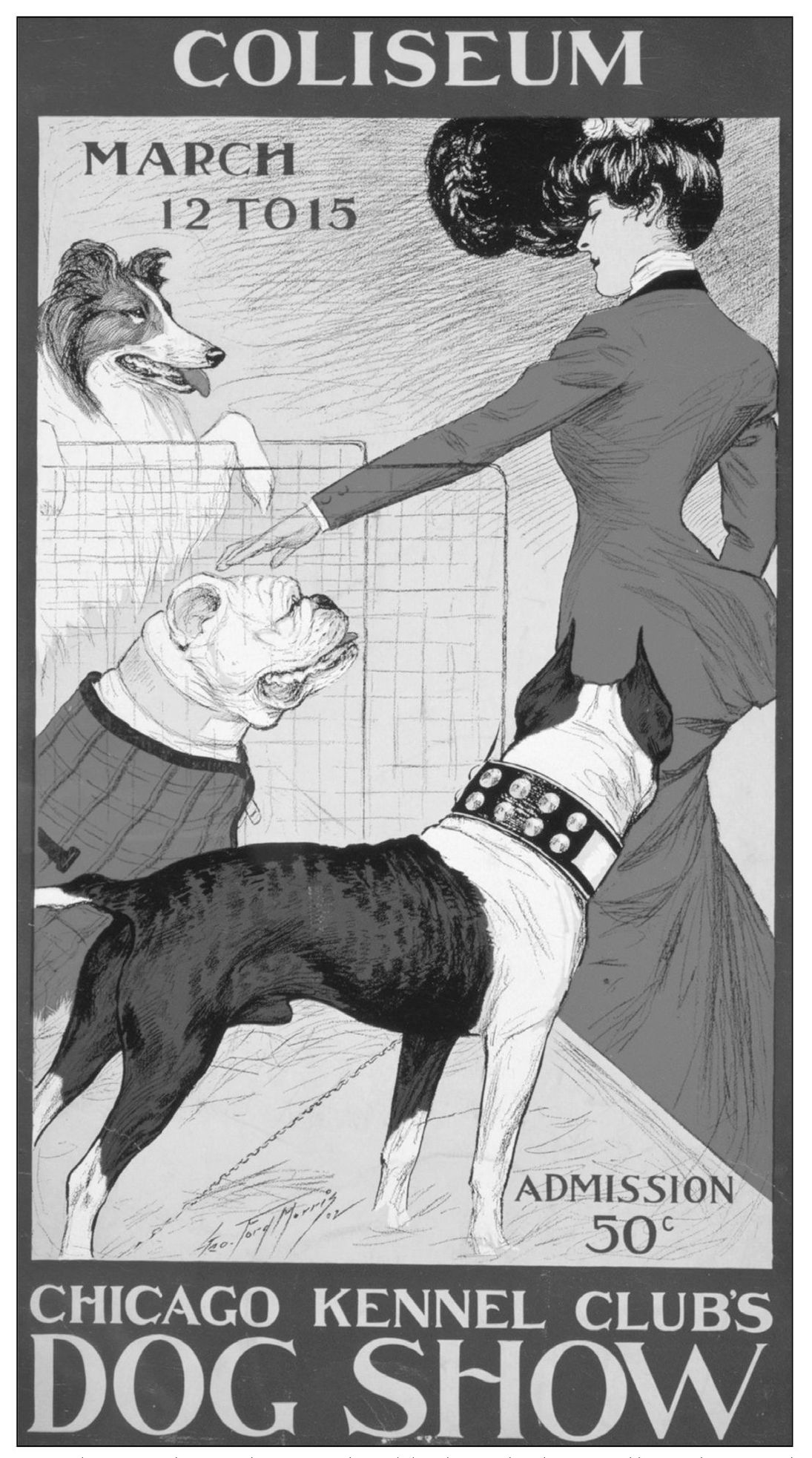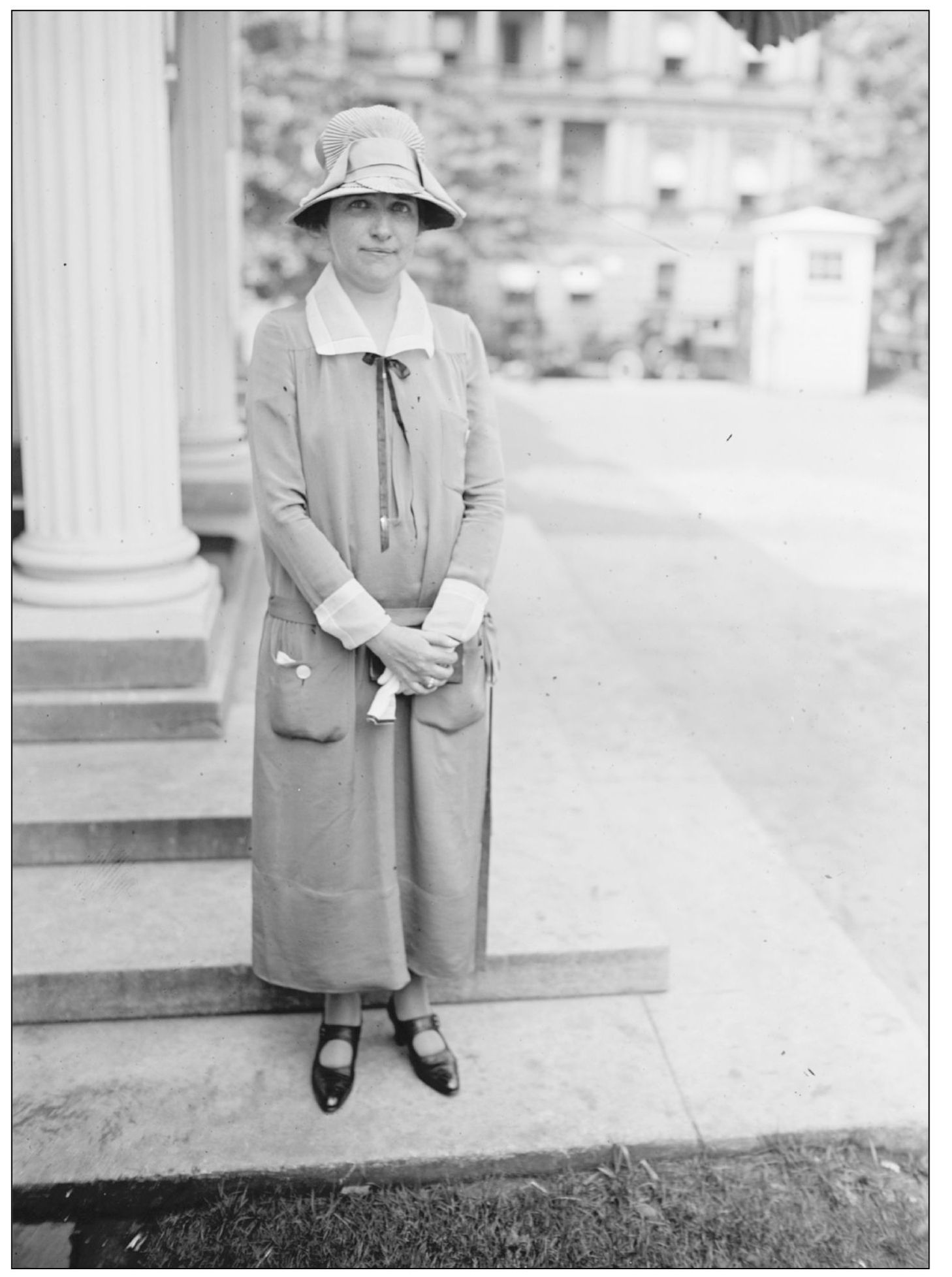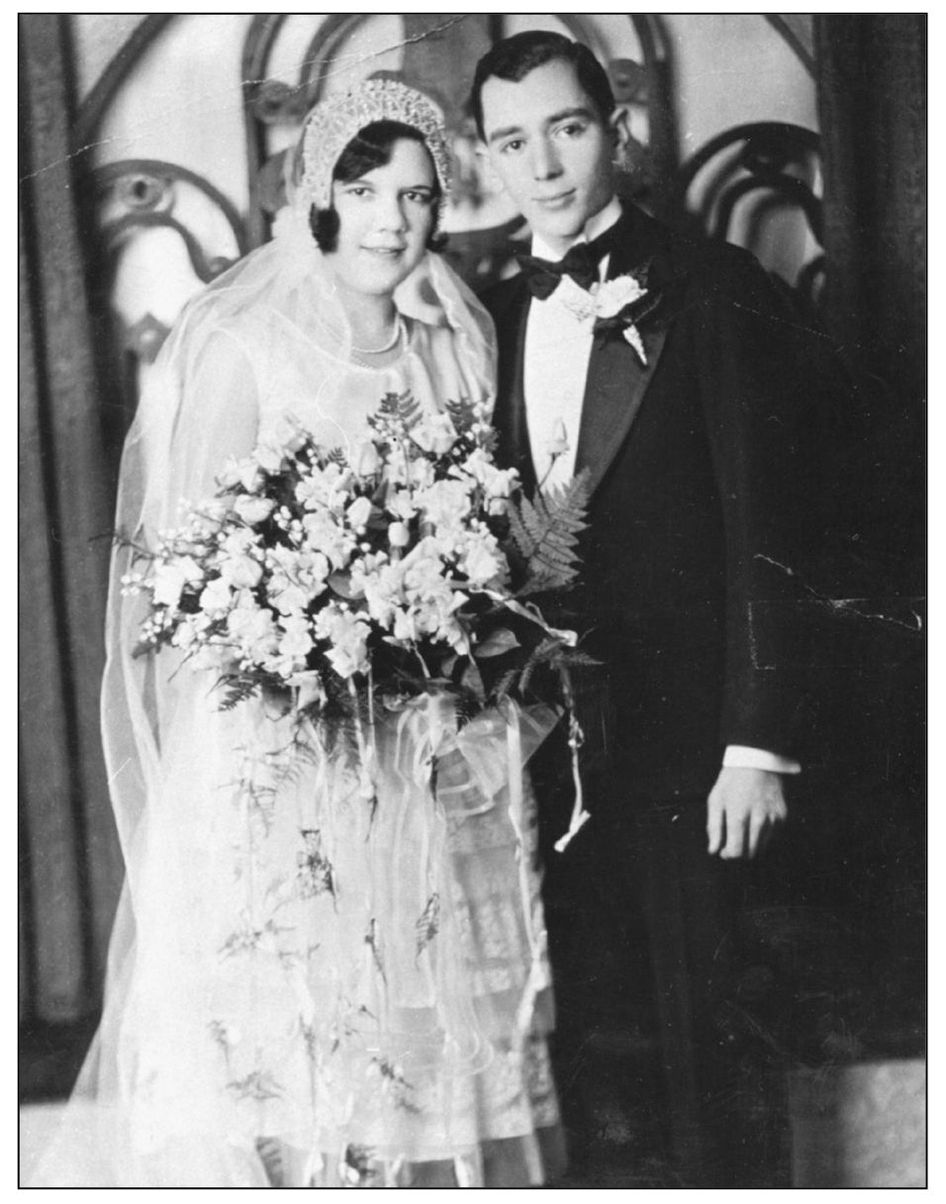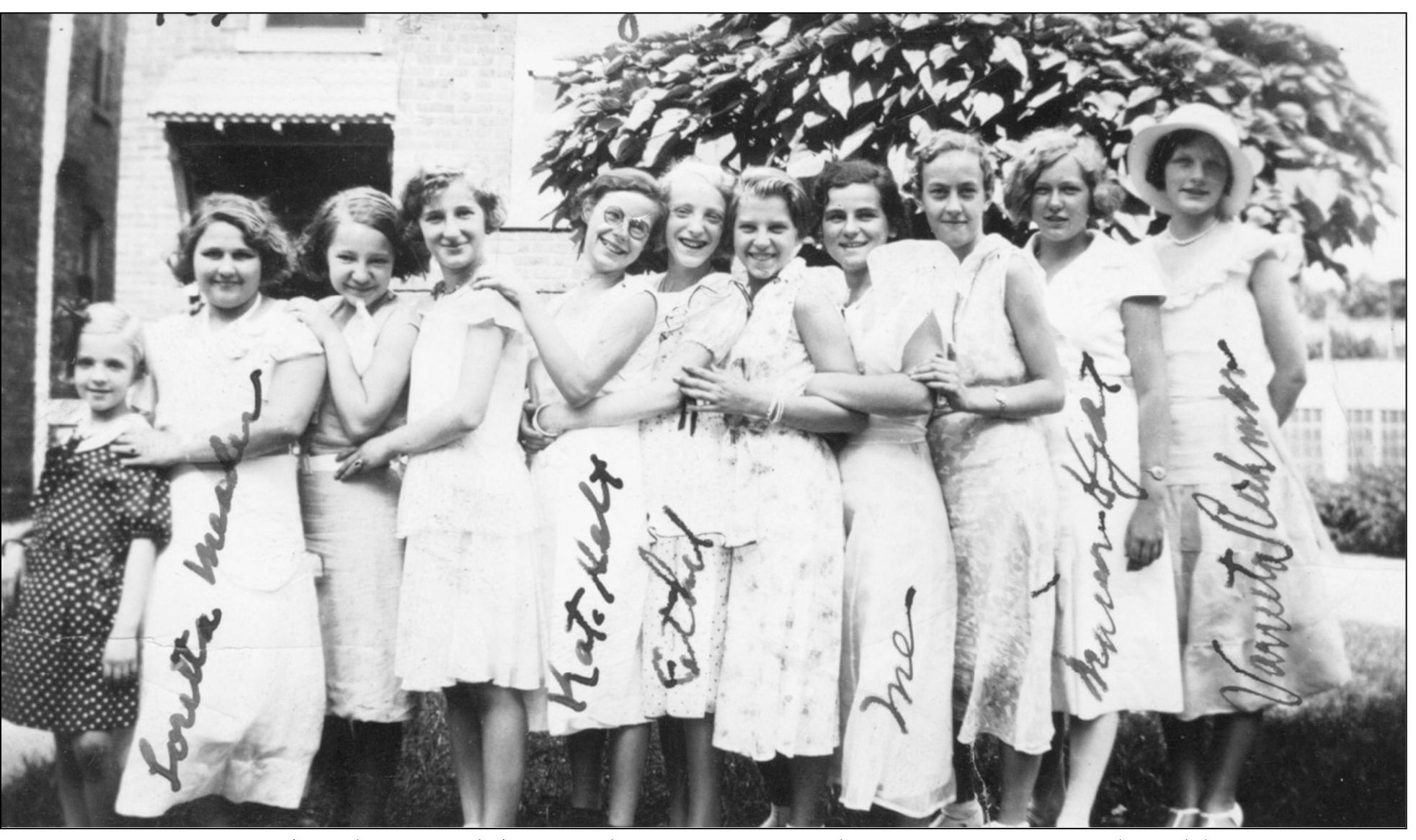Mary Beth Klatt - Chicagos Fashion History: 1865-1945
Here you can read online Mary Beth Klatt - Chicagos Fashion History: 1865-1945 full text of the book (entire story) in english for free. Download pdf and epub, get meaning, cover and reviews about this ebook. year: 2010, publisher: Arcadia Publishing, genre: Non-fiction. Description of the work, (preface) as well as reviews are available. Best literature library LitArk.com created for fans of good reading and offers a wide selection of genres:
Romance novel
Science fiction
Adventure
Detective
Science
History
Home and family
Prose
Art
Politics
Computer
Non-fiction
Religion
Business
Children
Humor
Choose a favorite category and find really read worthwhile books. Enjoy immersion in the world of imagination, feel the emotions of the characters or learn something new for yourself, make an fascinating discovery.
- Book:Chicagos Fashion History: 1865-1945
- Author:
- Publisher:Arcadia Publishing
- Genre:
- Year:2010
- Rating:4 / 5
- Favourites:Add to favourites
- Your mark:
Chicagos Fashion History: 1865-1945: summary, description and annotation
We offer to read an annotation, description, summary or preface (depends on what the author of the book "Chicagos Fashion History: 1865-1945" wrote himself). If you haven't found the necessary information about the book — write in the comments, we will try to find it.
From the ashes of the Chicago Fire of 1871 came the birth of the citys fashion scene as entrepreneurs built new storefronts virtually overnight. Aided by the Windy Citys incredible network of railroads, these fledgling enterprises in turn created millionaires who wanted to wear the latest clothes from Europe. Marshall Fields and Potter Palmer were among the local elites who regularly boarded ships to France and returned with exquisite suits, coats, hats, gowns, fabrics, and other accessories, which designers sought to re-create with cheaper fabrics and labor. Chicagos reputation as a trendsetting metropolis was only sealed by the citys film industry. Charlie Chaplin and his cast of stylish starlets had women north and south of Madison Street copying every hairdo and dress. Even after moviemaking moved to Los Angeles, actors and actresses traveling to New York City regularly dropped in when they switched trains downtown. By World War II, Chicago, the City of Big Shoulders, became the place to start a career as a fashion designer.
Mary Beth Klatt: author's other books
Who wrote Chicagos Fashion History: 1865-1945? Find out the surname, the name of the author of the book and a list of all author's works by series.

